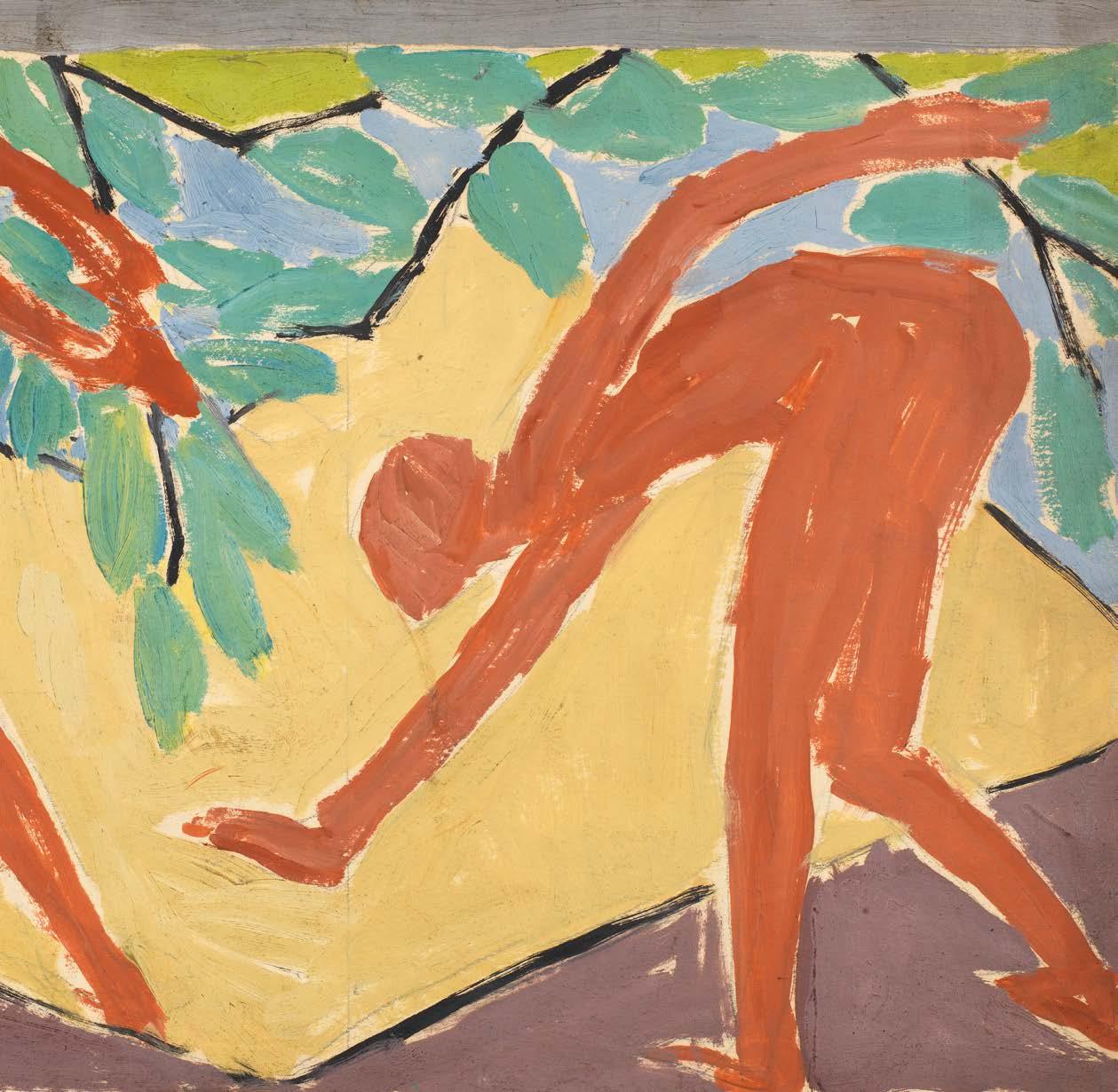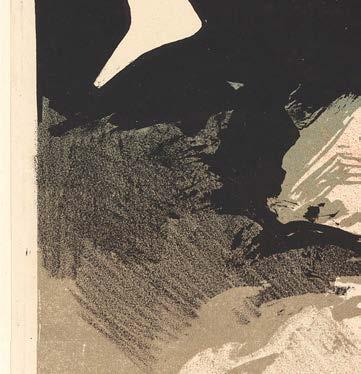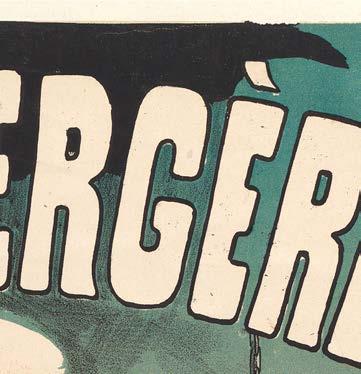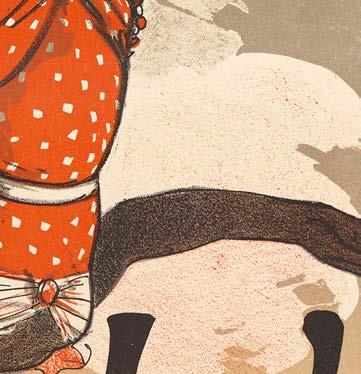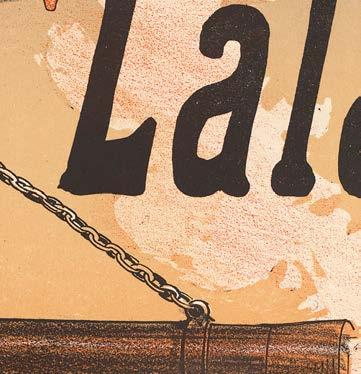







Paint your favourite places



Sketch the scenery With pencil and watercolour
Dynamic charcoal drawings
















Paint your favourite places



Sketch the scenery With pencil and watercolour
Dynamic charcoal drawings







This artist paints from her replete garage-studio. She shares the secrets behind her remarkable ability to capture the essence of diverse subjects, as told to Bianca Dumas ▸

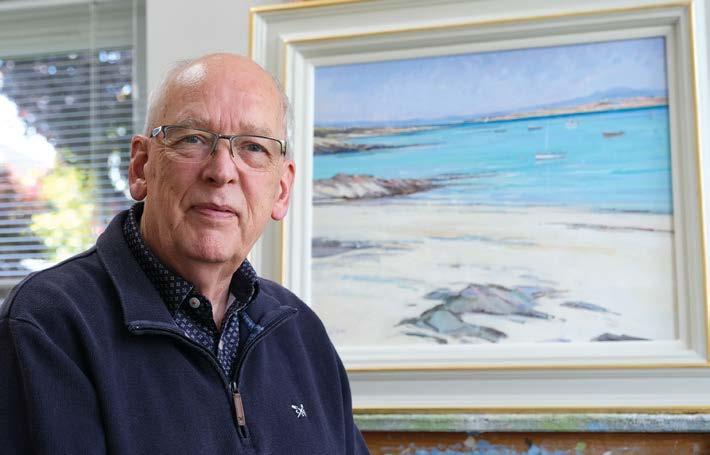
This artist, influenced by the Scottish colourists, masterfully captures the essence of light and place through vibrant oil paintings, finds Sara Mumtaz
Robert Kelsey was born with a creative spark and an inkling to keep exploring his artistic abilities from a young age. This led him to secure a spot at Glasgow Art School at the age of 17. Call it a sign from the universe, as Robert slowly began to align with his true calling. “I started to paint in oils on hardboard and was happy to take on landscape commissions from friends and neighbours. This was the start of my lifelong career as a professional artist. Though, I wasn’t aware of it at the time. Interestingly, one or two of these paintings from the late 1960s sometimes pop up in Scottish auction sales,” he smiles. The artist’s love for seascapes can be traced back to his time in school, which magnified
his artistic exploration. Robert reminisces, “My home had a few good art books, particularly a three-volume set entitled, The World’s Greatest Paintings. One illustration, Off Valparaiso by Thomas J Somerscales, 1899, struck a chord with me and may have been the start of my love of seascapes.”
Robert’s father and great-grandfather’s muted role in his artistic inspiration must be acknowledged. Working as school teachers in the north of England, they decided to move back to his father’s birthplace – the tiny island of Barra in the Outer Hebrides to work as a headmaster and assistant teacher. This move gave birth to Robert’s Scottish roots but also fostered his romantic attachment to this glorious archipelago on the edge of the Atlantic Ocean. rkelsey.com ▸

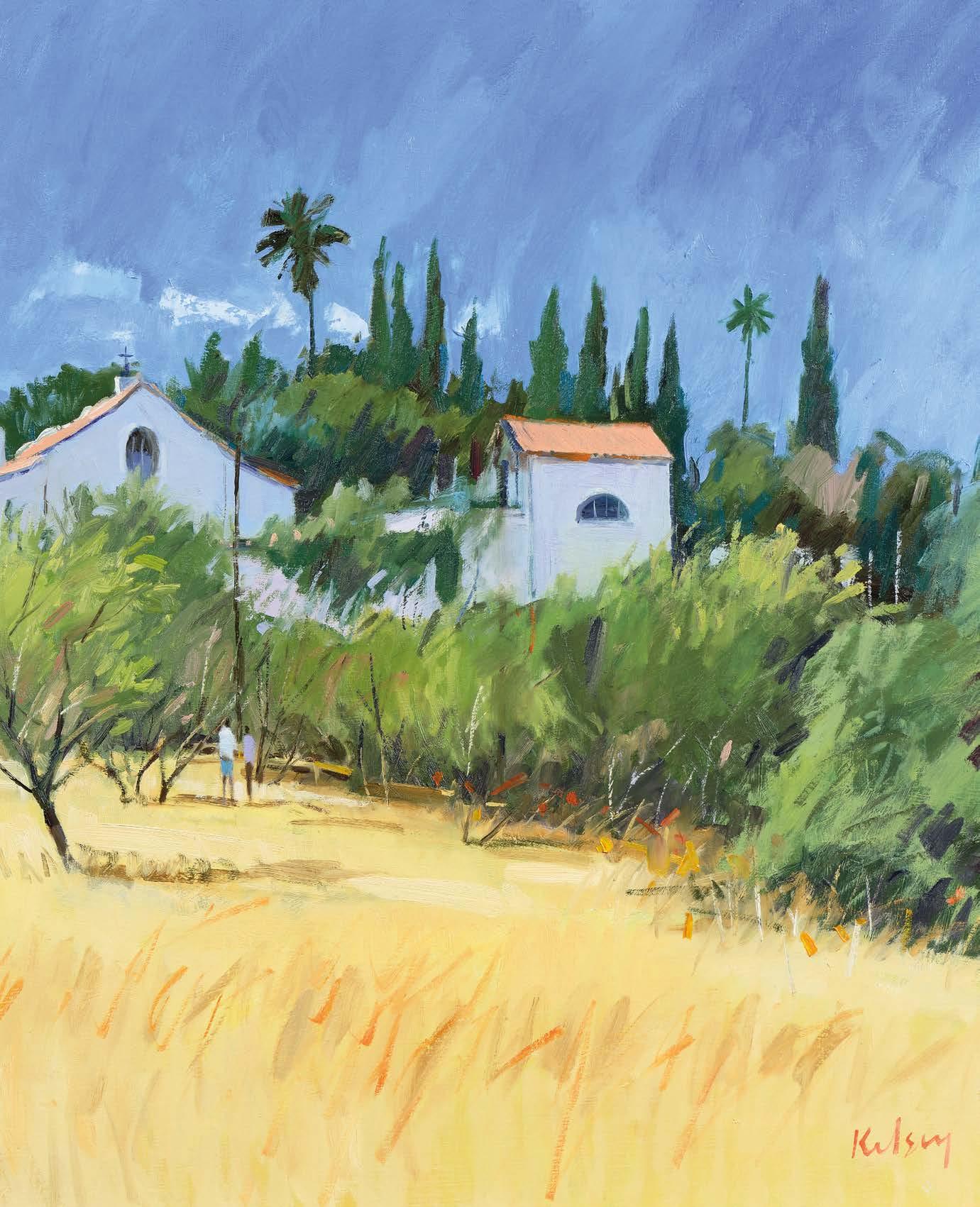
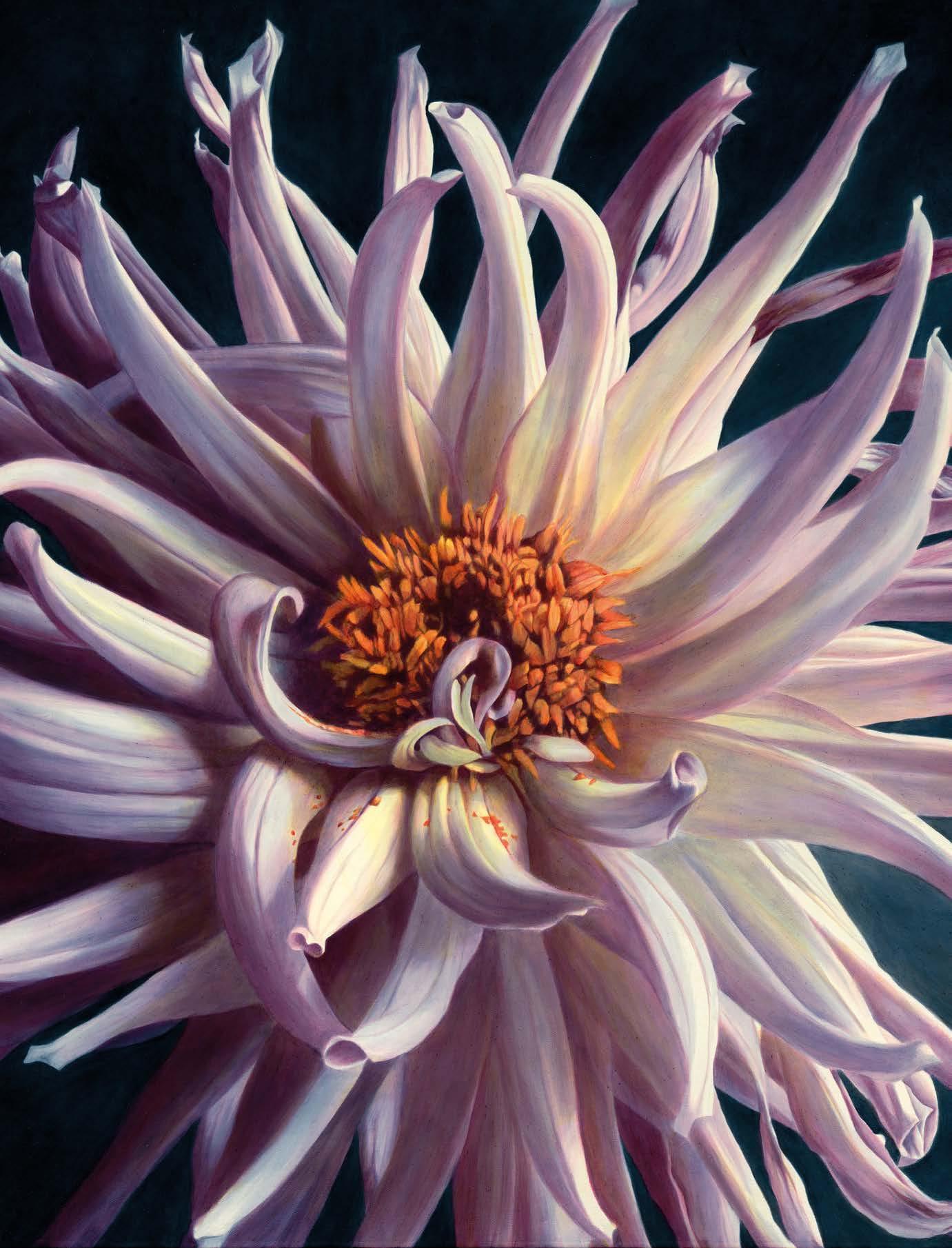 Finding My Way, oil on canvas, 76x76cm
Finding My Way, oil on canvas, 76x76cm
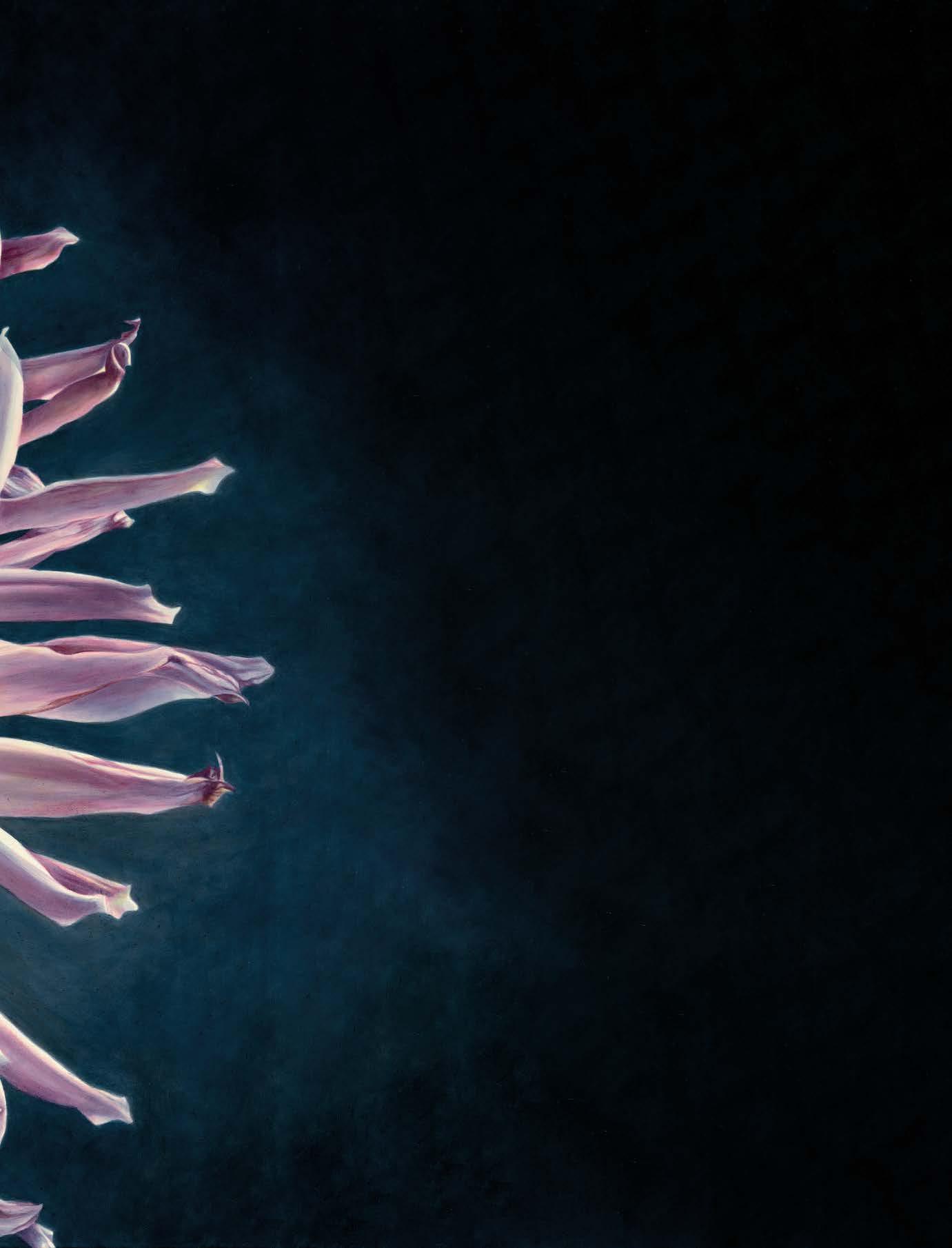
This botanical artist aims to stir a myriad of emotions, connections and memories through her intricate floral compositions, finds Ramsha Vistro ▸
T he sister
Vanessa Bell’s art was often overlooked in her lifetime. Now, a new exhibition





















Vanessa Bell was in many ways the emotional lynchpin of the famous Bloomsbury Group. Virginia Woolf memorably described her older artist sister, born in 1879, as “a bowl of golden water which brims but never over ows,” a testament to her uid, equable nature and source of calm comfort to more volatile characters. “They lived in squares – painted in circles – and loved in triangles,” drolly quipped Dorothy Parker of the Bloomsbury set, describing an unconventional group of writers, artists and philosophers who created a climate embracing literary and artistic modernism.
Bell’s work has often been subsumed by Bloomsbury rather than appraised for its independent value, something the Courtauld Gallery speci cally redresses in their new exhibition. Curator Dr Rachel Sloan says of the display, “In recent years, the Courtauld has been making a priority of showcasing women artists. Highlighting Vanessa Bell, who’s strongly represented in our collection, seemed a natural next step. It’s the rst devoted solely


















to Bell in The Courtauld’s history, although her work’s been included in past exhibitions of the Bloomsbury Group and the Omega Workshops.”
The latter spanned 1913-1919, a design collective where, as Sloan explains, “Bell expanded her work beyond the canvas, from representative gurative studies in oils to bold abstract works and angular prints.” This co-operative sought change, namely “the goal of dissolving the boundary between the so-called ‘ ne’ and ‘decorative’ arts, as Bell and fellow artist-designers created domestic spaces that were harmonious, aesthetically satisfying and mind-expanding.” This approach reached its apotheosis at Charleston, the Sussex house where Bell and her children moved to in 1916 (by this time, she was living apart from her husband Clive Bell) transforming the place into a hotbed of artistic experimentation encompassing interiors and abstract paintings plus textiles and furniture.
For Rachel Sloan, Bell’s considerable achievements deserve reappraisal. “It felt timely as there’s only been one previous show on her (at Dulwich in 2017) and interest in her work has blossomed since.” Within the small exhibition are plentiful design drawings, a woodcut and three paintings, two still lifes that “speak to the idea of domestic modernism,” whilst the last, ▸

at the Courtauld shows how she put the bloom into the Bloomsbury group. By Amanda Hodges
